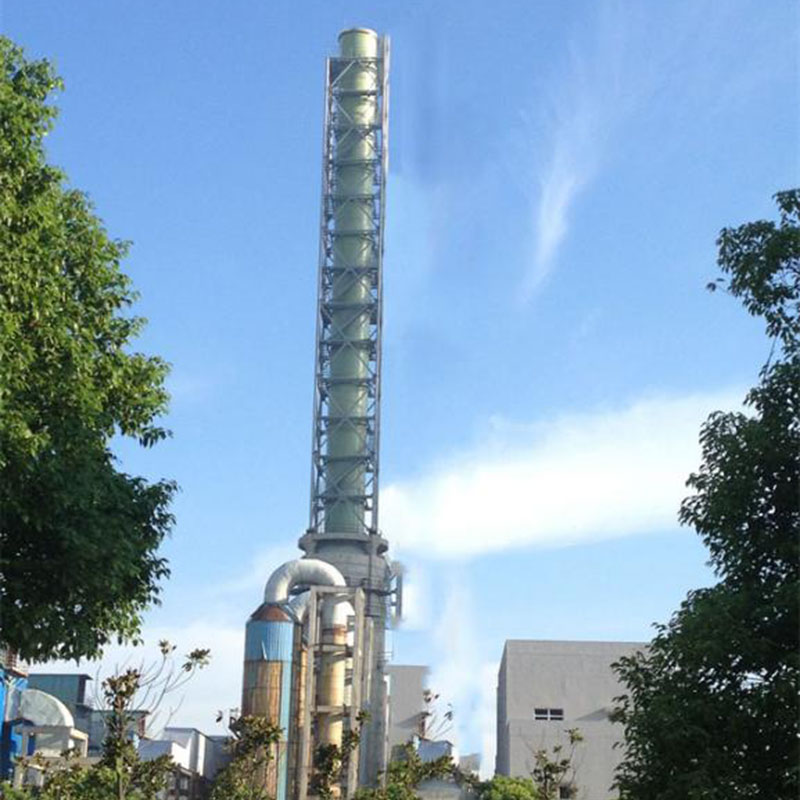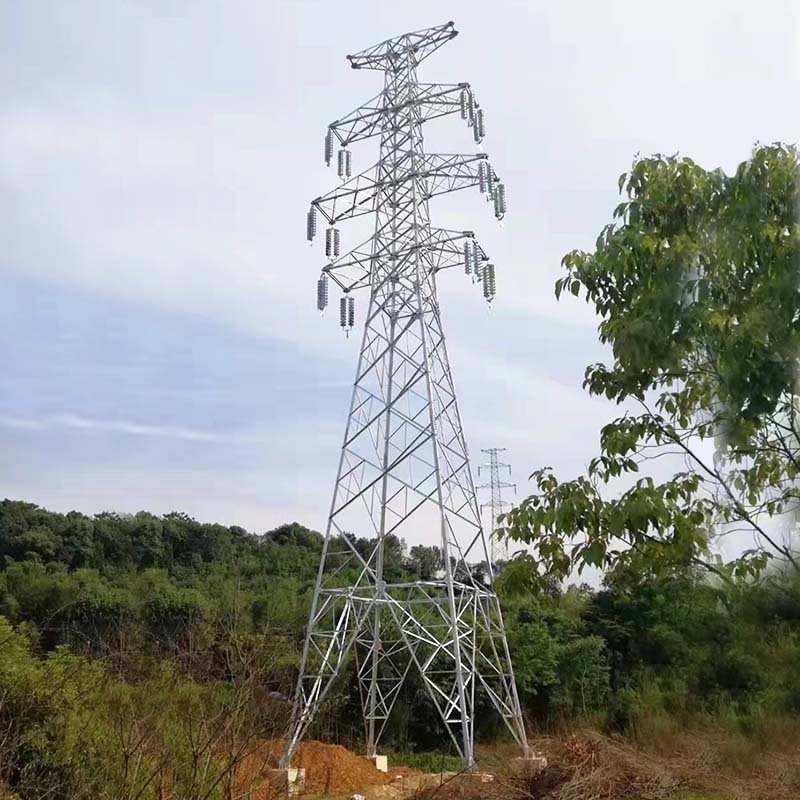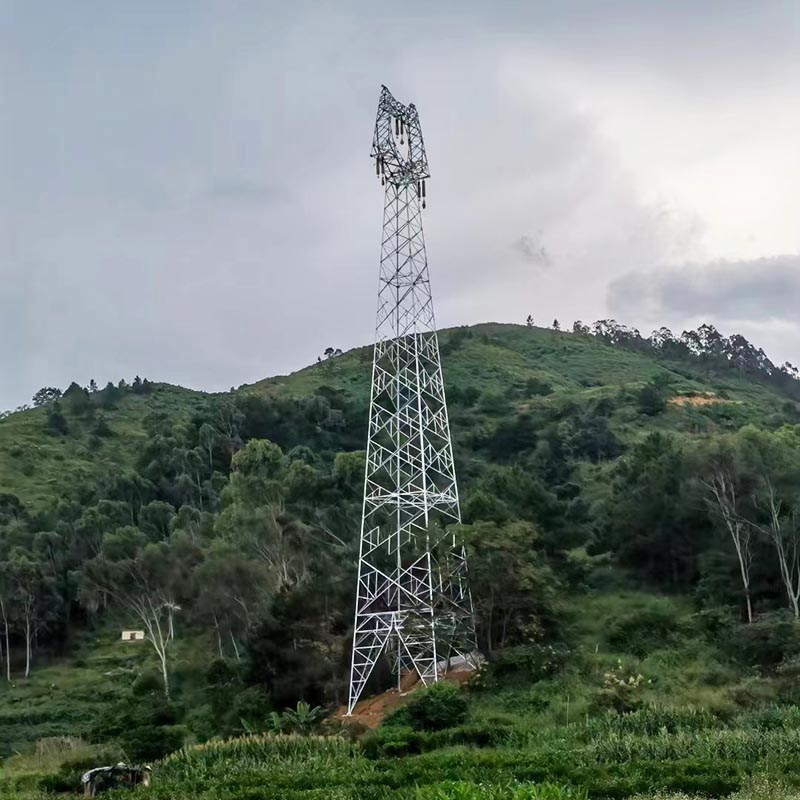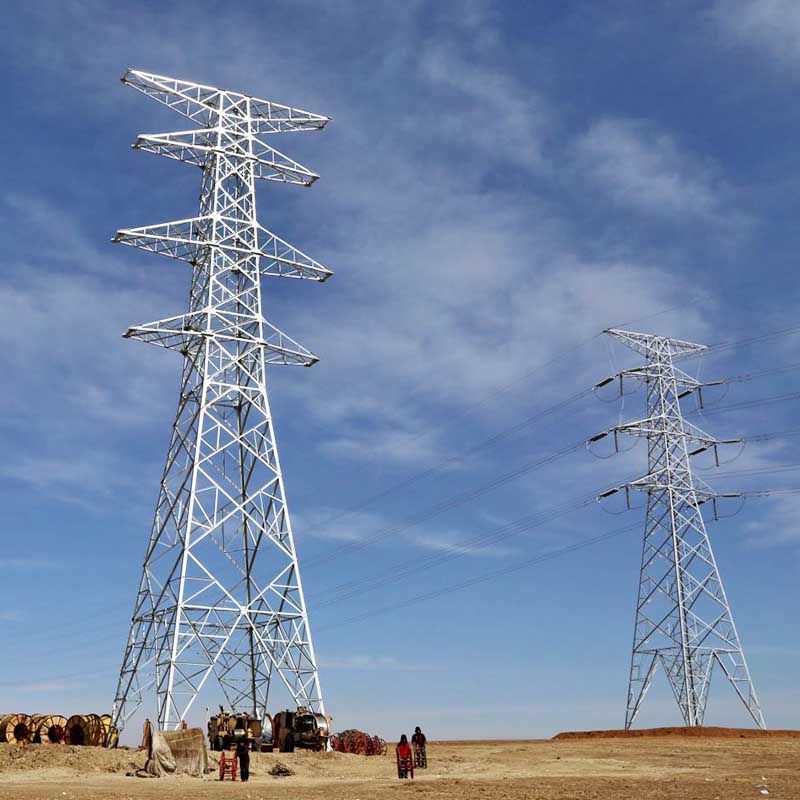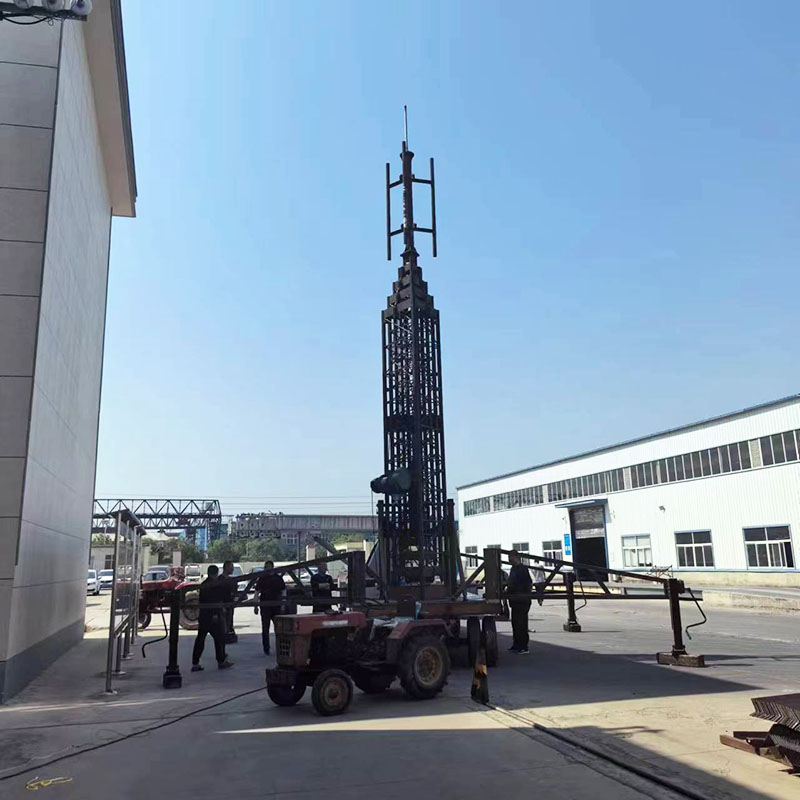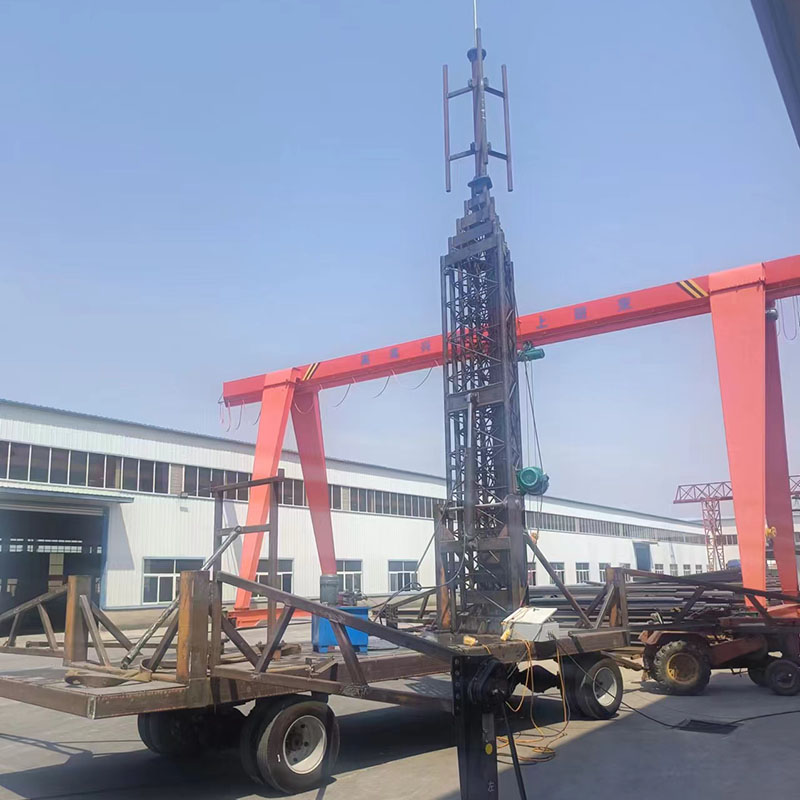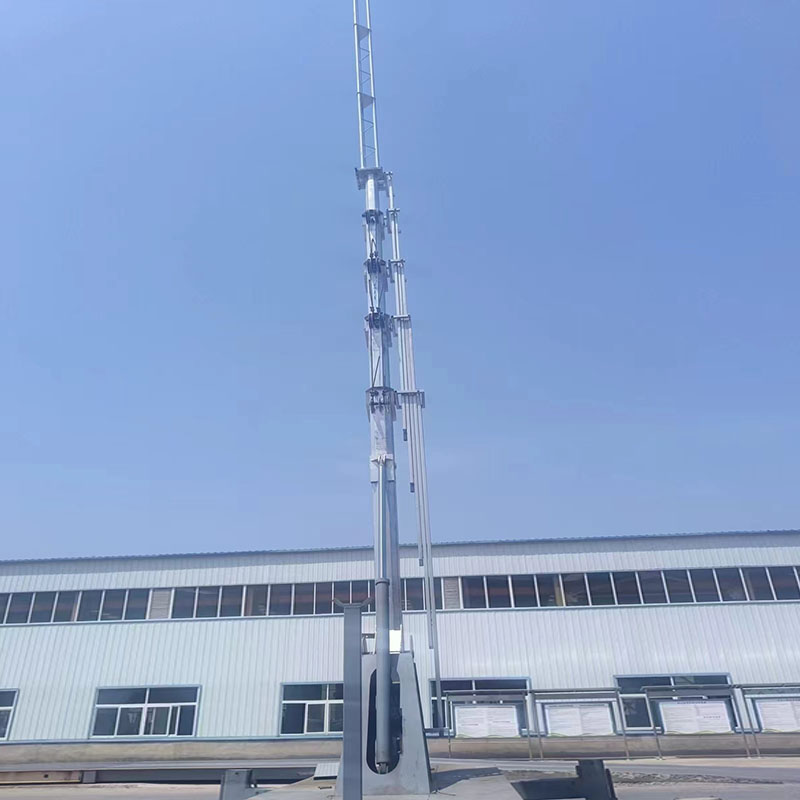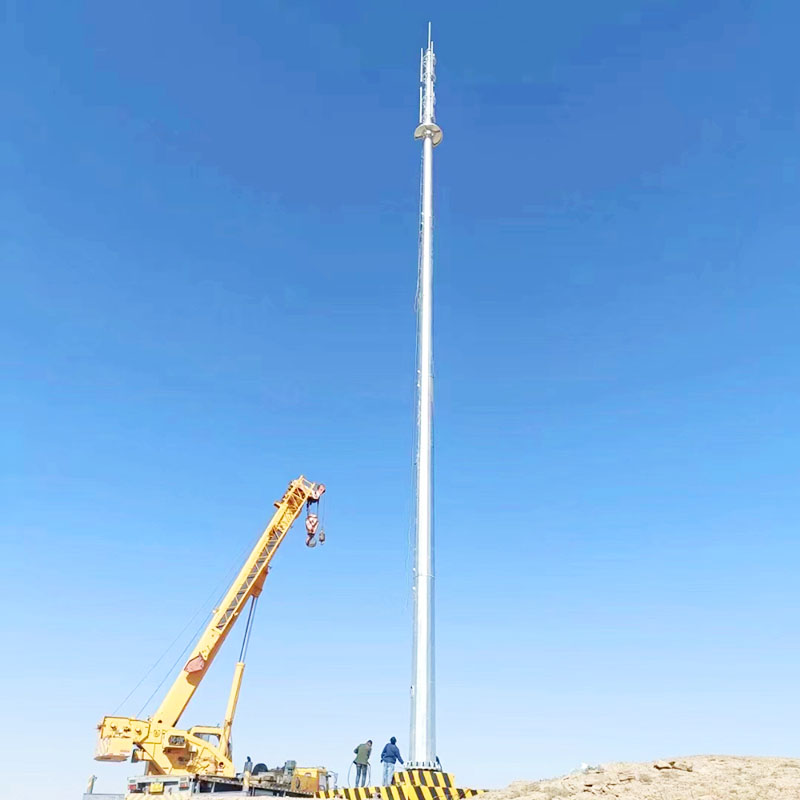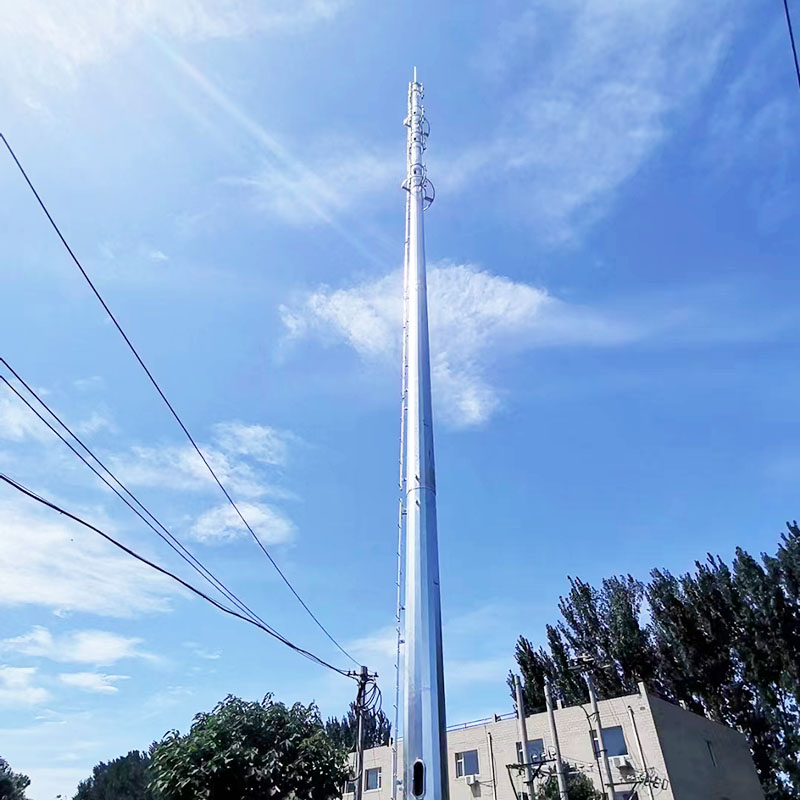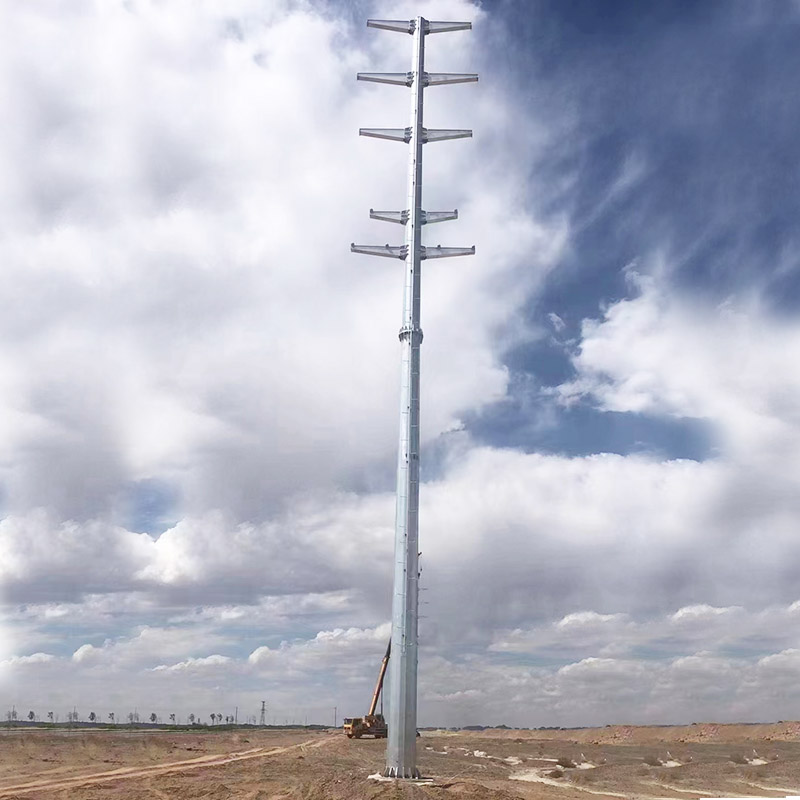 English
English Español
Español  Português
Português  русский
русский  Français
Français  日本語
日本語  Deutsch
Deutsch  tiếng Việt
tiếng Việt  Italiano
Italiano  Nederlands
Nederlands  ภาษาไทย
ภาษาไทย  Polski
Polski  한국어
한국어  Svenska
Svenska  magyar
magyar  Malay
Malay  বাংলা ভাষার
বাংলা ভাষার  Dansk
Dansk  Suomi
Suomi  हिन्दी
हिन्दी  Pilipino
Pilipino  Türkçe
Türkçe  Gaeilge
Gaeilge  العربية
العربية  Indonesia
Indonesia  Norsk
Norsk  تمل
تمل  český
český  ελληνικά
ελληνικά  український
український  Javanese
Javanese  فارسی
فارسی  தமிழ்
தமிழ்  తెలుగు
తెలుగు  नेपाली
नेपाली  Burmese
Burmese  български
български  ລາວ
ລາວ  Latine
Latine  Қазақша
Қазақша  Euskal
Euskal  Azərbaycan
Azərbaycan  Slovenský jazyk
Slovenský jazyk  Македонски
Македонски  Lietuvos
Lietuvos  Eesti Keel
Eesti Keel  Română
Română  Slovenski
Slovenski  मराठी
मराठी  Srpski језик
Srpski језик
5G Signal Tower
Send Inquiry
The structure of a 5G signal tower is mainly composed of steel components such as a tower body, a platform, a lightning rod, a ladder, and an antenna support. The computer room under the tower is the main equipment for controlling the entire signal tower. In addition, a base station usually consists of an antenna and a baseband processor.
When deploying and installing 5G base stations, a series of preparations are required, including determining base station locations, base station design, equipment procurement, and personnel training. After that, equipment inspection, installation, wiring and commissioning are carried out. Software configuration and optimization is also an indispensable step, which requires installing relevant software and configuring base station parameters. Finally, the base station is fully tested to ensure it is working properly.
5G signal towers have a wide range of application scenarios. They are not only suitable for urban areas to meet the needs of high population density and high-speed, low-latency network services, but also for rural areas to provide network services with wider coverage.
It should be noted that the construction and maintenance of 5G signal towers requires professional knowledge and skills to ensure their stable operation and high-quality network services. At the same time, environmental factors and urban planning also need to be considered for the location selection and layout of signal towers to minimize the impact on the surrounding environment and residents.
In short, 5G signal towers, as an important part of the 5G network, play an important role in promoting the development of wireless communication technology and meeting people's growing network needs.





